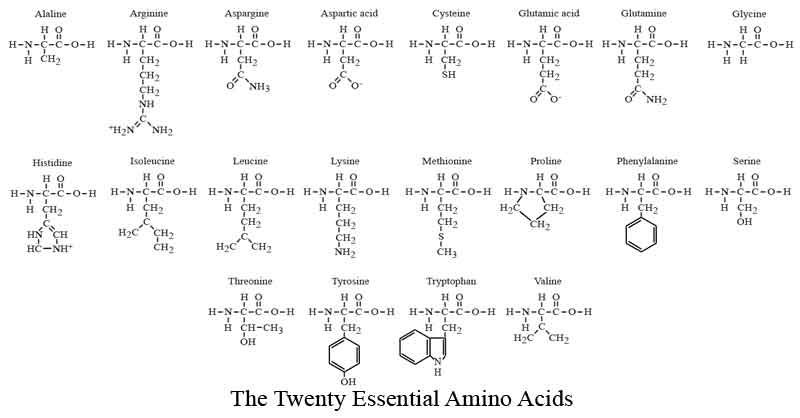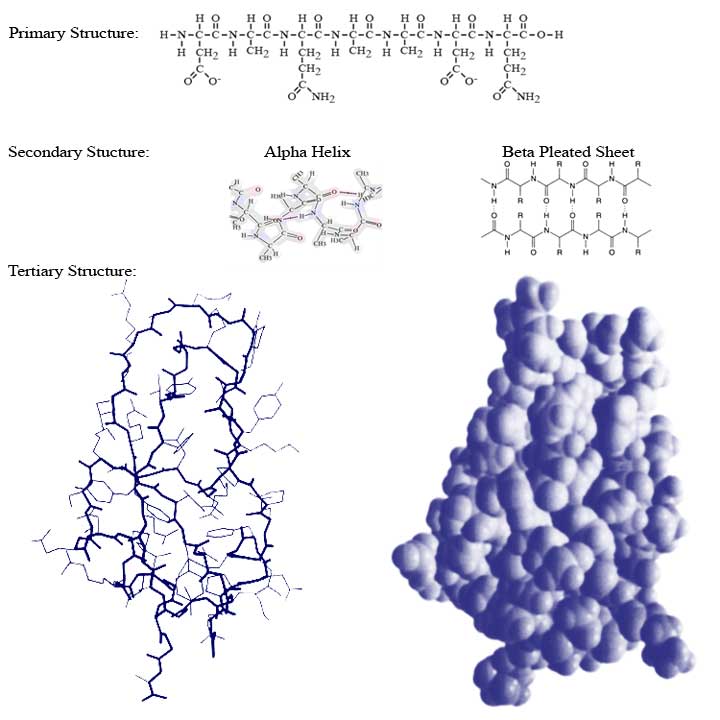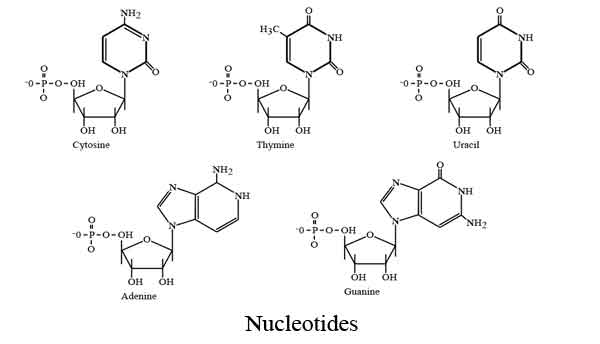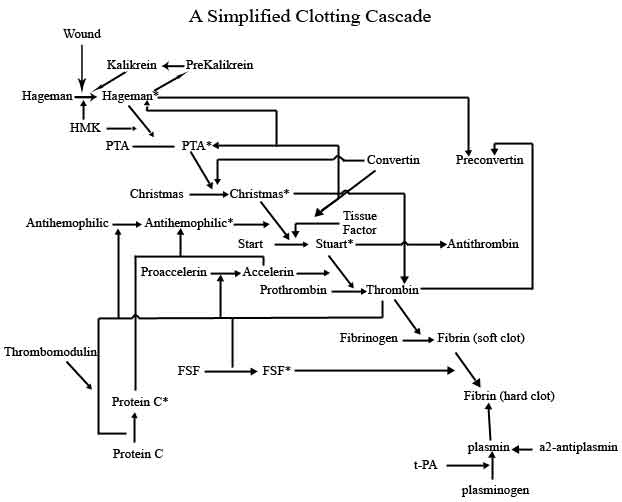






 |
Molecular evolution is the study of how life changes at the chemical level, including how life came from non-life.
It is one of the great weaknesses of the study of evolution. This page attempts to evaluate the claims of molecular evolution. I apologize in advance for the technical nature of the material presented. Unfortunately, life is by nature complicated and so is its study. One of the failures of evolution is to oversimplify. On this page I will try to keep my explanations as clear and simple as possible, while respecting the true complexity of the subject. |






